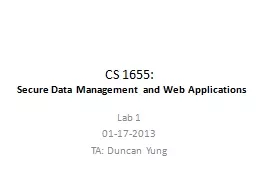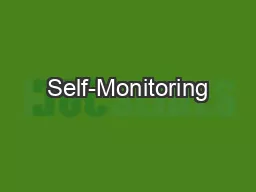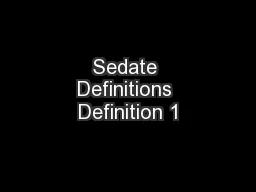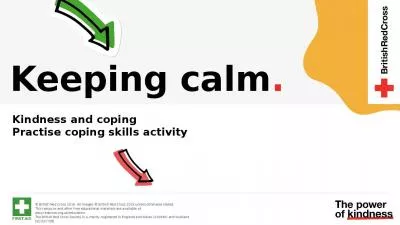PPT-2017 RISK UPDATE Keep calm and take a risk…
Author : tawny-fly | Published Date : 2018-09-23
Implement changes by October 1 2017 All certifying staff will complete training by October 1 2017 on the following RISK UPDATES Risk 135 Infant weight loss Risk
Presentation Embed Code
Download Presentation
Download Presentation The PPT/PDF document "2017 RISK UPDATE Keep calm and take a ri..." is the property of its rightful owner. Permission is granted to download and print the materials on this website for personal, non-commercial use only, and to display it on your personal computer provided you do not modify the materials and that you retain all copyright notices contained in the materials. By downloading content from our website, you accept the terms of this agreement.
2017 RISK UPDATE Keep calm and take a risk…: Transcript
Download Rules Of Document
"2017 RISK UPDATE Keep calm and take a risk…"The content belongs to its owner. You may download and print it for personal use, without modification, and keep all copyright notices. By downloading, you agree to these terms.
Related Documents














